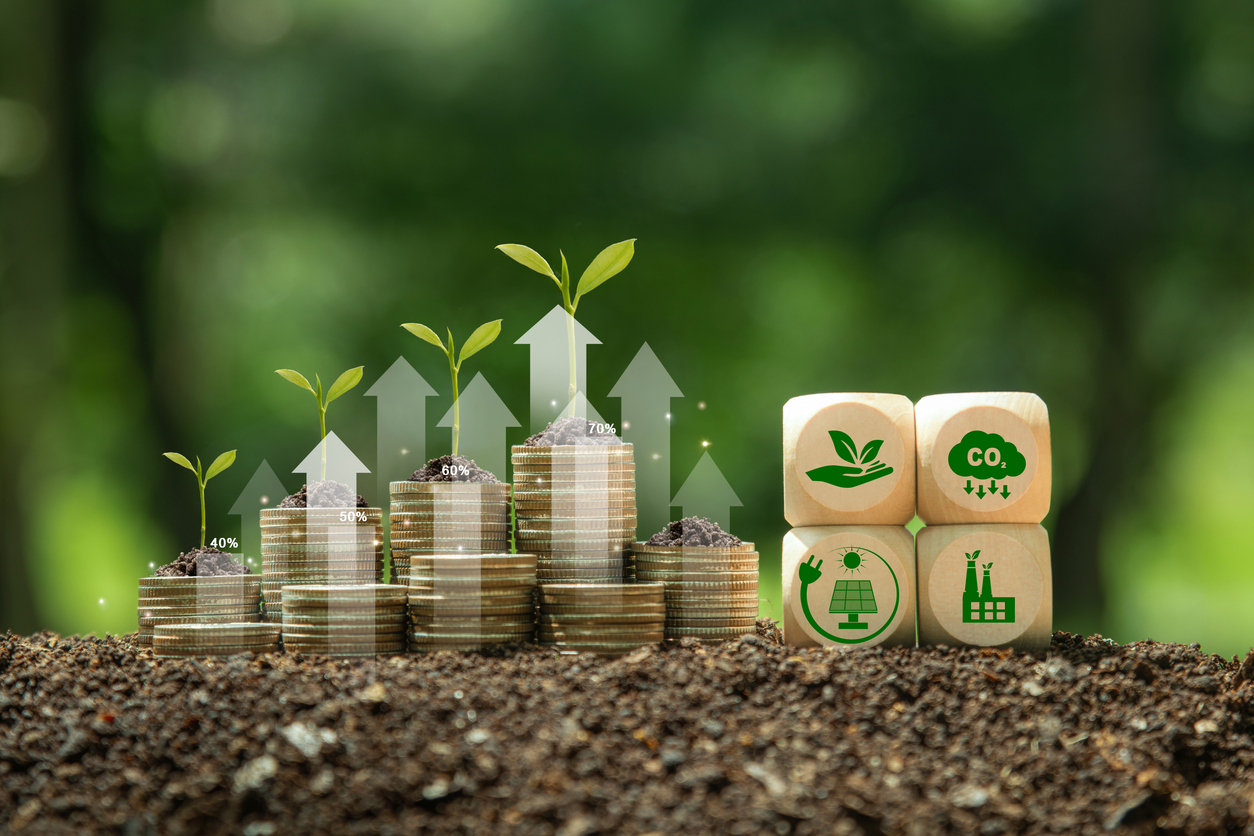September 11, 2023
The Financial Times – How can philanthropists ensure their investments are driving real change?
Read the original story on The Financial Times.
Without careful planning and impact assessment, philanthropists have a limited view of the outcome of their donations. What is the best way to measure the effects of philanthropy?

Every philanthropist wants to create a positive impact, and quantifying this is becoming increasingly important. Gone are the days of ‘chequebook philanthropy’.
Today’s philanthropists want to ensure they are making the maximum difference to the causes they care about. To achieve long-term change, they are adopting a more strategic mindset. And as their engagement with non-profit organisations becomes more sophisticated, so must their methods of impact measurement.
“There is an itchiness in the philanthropy space to be able to measure the change — if not in the short term, at least in the medium term,” says Raman Sidhu, CEO of the Octava Foundation, which supports vulnerable young people in Singapore.
“At the least, you should be able to get ‘face validity’ or data-informed assurance that your support is going to work out in the long term for the communities you are working with,” she adds.
But families across Asia are finding out how challenging it can be to track the social and cultural impact of their goodwill, especially if they are taking a multidimensional approach to investing in projects that stretch over multiple years.
Thomas Riber Knudsen, a Director of the Rumah Group, describes some of the complexity involved in measuring his and his wife’s work in ocean conservation. “We’re investing in a seaweed company in the Philippines for ocean health,” he explains. “It supports ecosystems and promotes biodiversity, which means the fishermen can catch more fish while also creating jobs for seaweed farmers.
“At the same time, it sequesters carbon which contributes to reducing the greenhouse gas effect. So, there are a few dimensions to it, which makes it very attractive for us.”
Philanthropy today is multifaceted
According to DBS Private Bank’s latest research, most family offices are confident they can measure the impact of their family’s philanthropy. But a significant number recognise that there is room for improvement.
Two in three admit that they need to get better at quantifying the impact of their investments in charities and social enterprises. Moreover, 67 per cent say they are increasing their scrutiny of non-profit organisations before supporting them, such as by assessing their leadership and financial statements.
Because the initiatives they support can be so varied, family offices and foundations are developing bespoke impact assessments.
The ECCA Family Foundation in Singapore developed its own framework after realising it would be impossible to aggregate the impact across the entirety of its portfolio. Instead, its framework measures progress across two levels: outcomes its partners experience as a result of the partnerships, and outcomes its communities experience due to collective action. These outcomes can be related to environmental health, thriving communities, and individual empowerment.
ECCA uses several indicators to measure progress against these outcomes, including process-based metrics that track the grantee organisation’s capacity after working with them.
“We don’t just support the project itself – we want to leave our partners stronger,” says Carol Liew, Managing Director of ECCA. “Have they strengthened their finance and governance? Have they improved how they measure impact, or how they hire talent? Have they changed the way they are run as an organisation?”
Impact assessment depends on context
Social enterprises and charities do not exist in a vacuum, and philanthropists should consider the broader societal context before working with them. Underlying challenges such as poverty, ethnic conflict and human rights abuses can all have a bearing on a programme’s success. As a result, impact assessments should use surveys, focus groups and interviews to gather historical and contemporary knowledge.
The Singapore-based Chua Foundation uses an approach that analyses the total costs and benefits of each programme, including intangible social outcomes. “One way we quantify a programme’s impact is through a Social Return on Investment (SROI) study,” explains Chua Weiling, Director of Philanthropy. “The Foundation hosts student fellows from the National University of Singapore’s Chua Thian Poh Community Leadership Centre, where they assist in deriving the SROI for programmes.”
Measurement by design
In the past, impact assessments may have taken a back seat. Today, philanthropists are putting them at the heart of their strategies, introducing them at the beginning of the project where feasible.
This was the case for Nanette Medved-Po, the founder of the HOPE and PCX Groups in the Philippines – social enterprises that support sustainable education and plastic pollution initiatives, respectively – who constructed both programmes with specific metrics in mind.
“Because of the way I structured Generation HOPE and PCX, I can focus on impact metrics because both are directly revenue correlated,” she says. “For Generation HOPE this means number of classrooms built, students served, trees planted, additional carbon sequestration, and improvements in livelihood for small-holder farmers. For PCX, it’s how many tons of plastic waste have we cleaned up so that it is not polluting nature.”
There is no perfect way to measure impact, just as there is no single form of philanthropy. Even a seasoned investor can struggle to quantify the full impact of their donations. But they can get a clearer picture if they consider which assessment methods and criteria make the most sense for their specific programmes, and apply the tools that can gather and analyse information in those particular circumstances.
Proper impact management will ultimately deepen a philanthropist’s impact by providing evidence of success that they can use as a model to invest more efficiently in the future.
